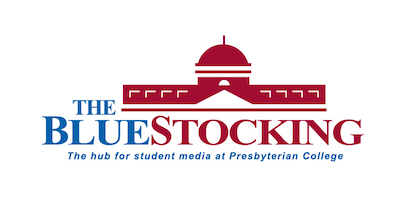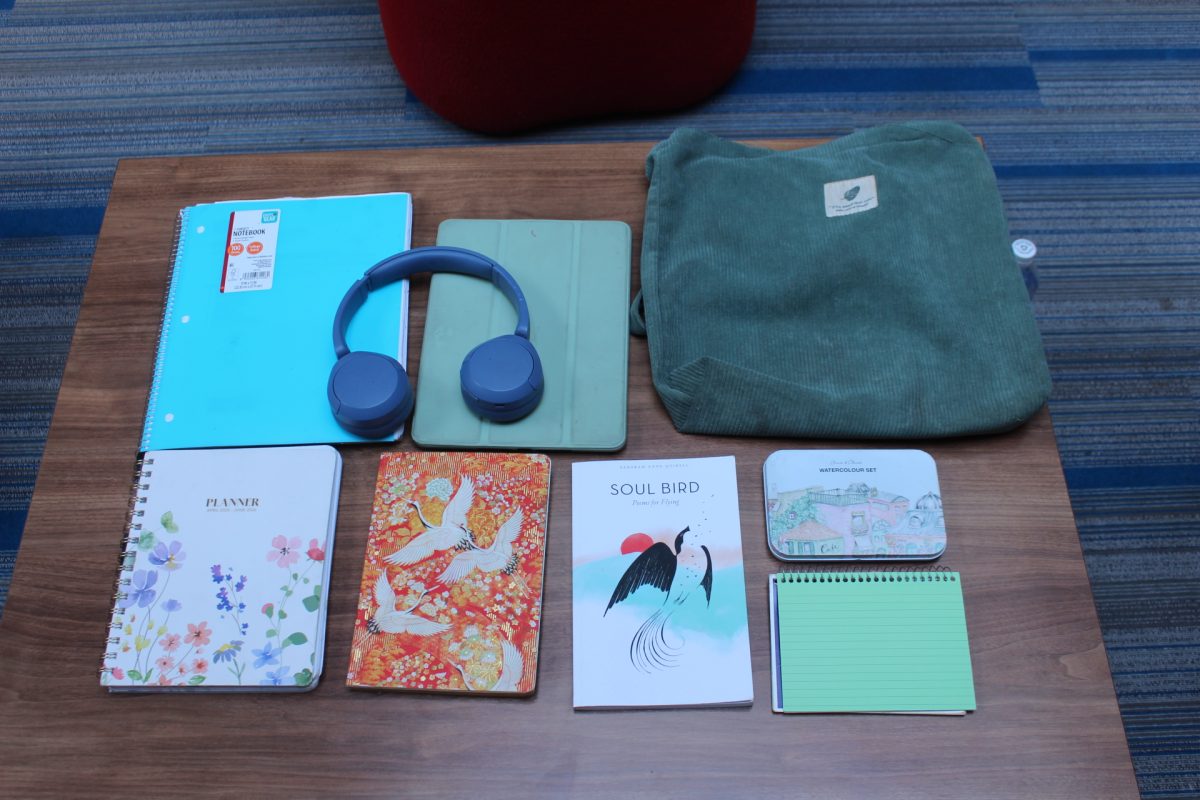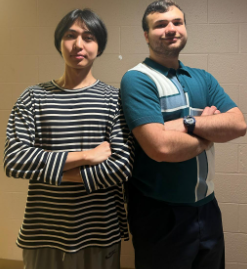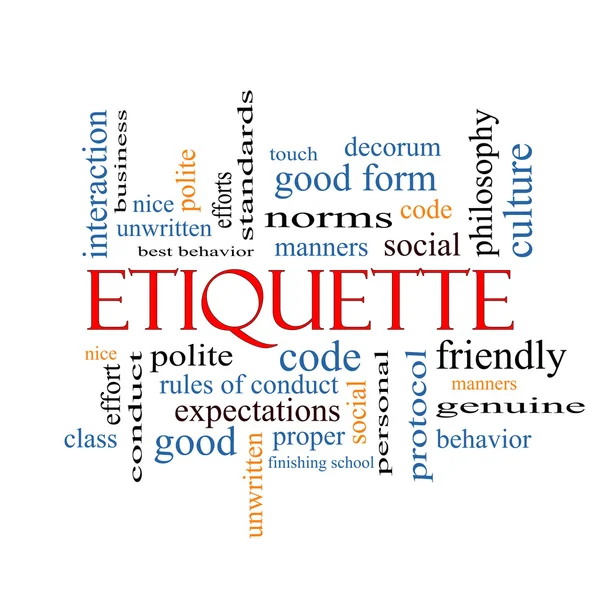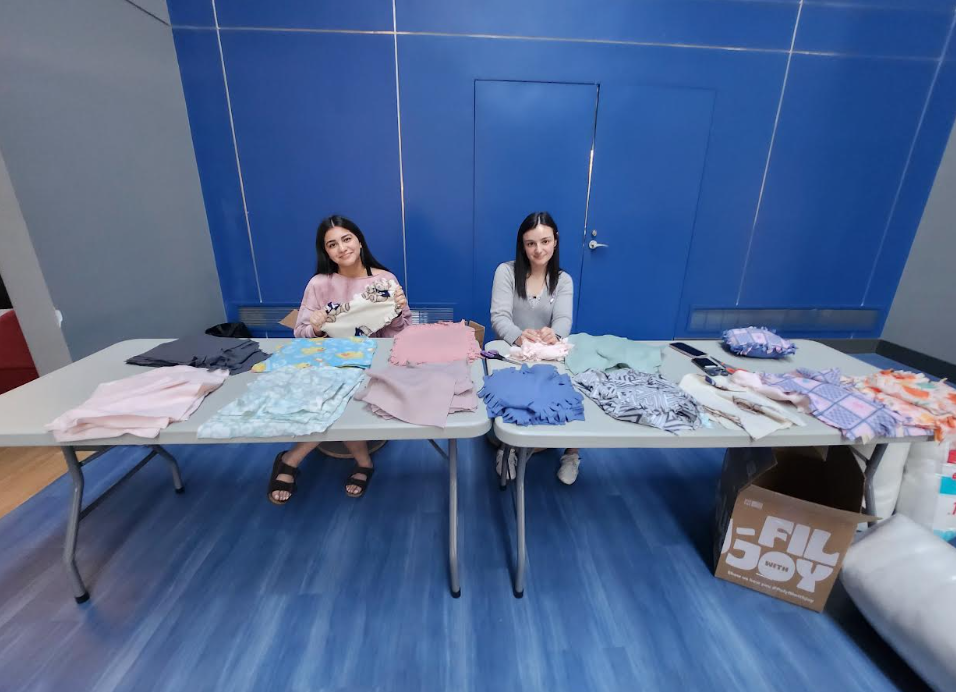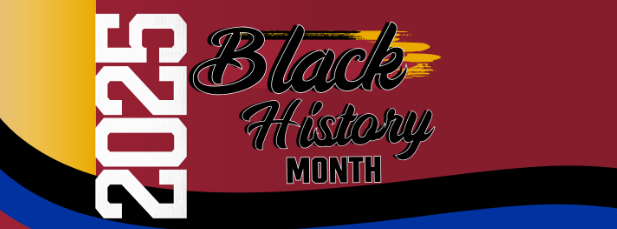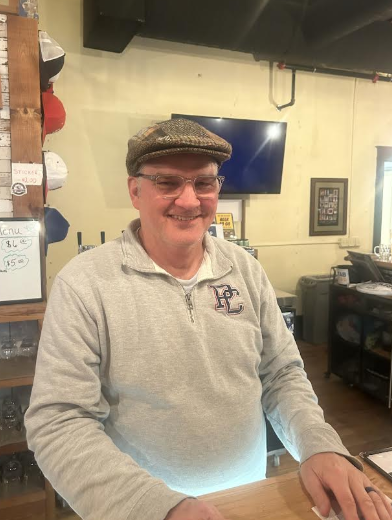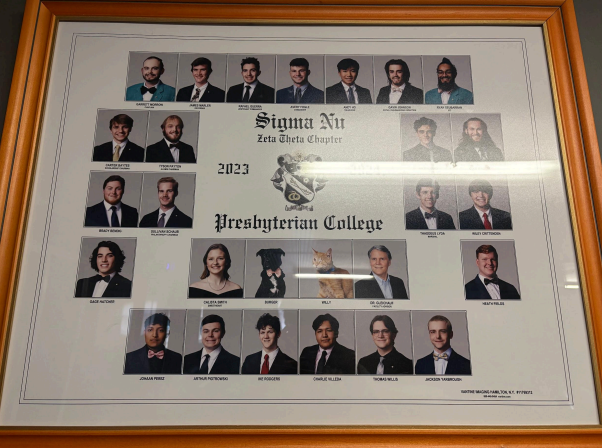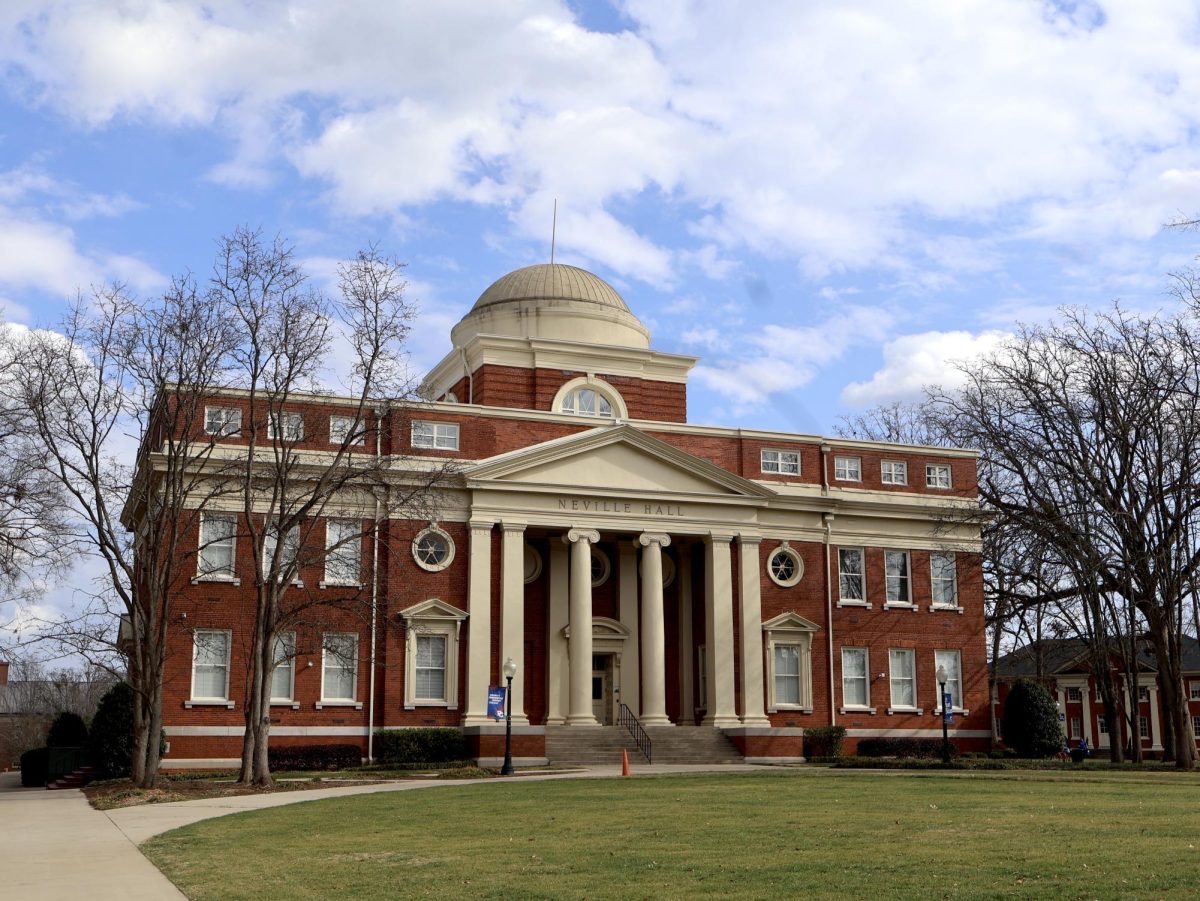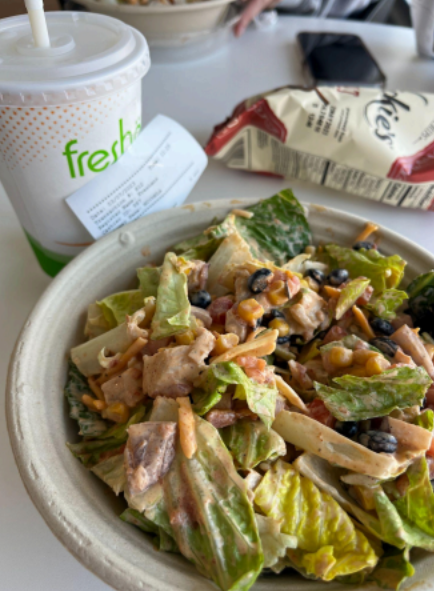Presbyterian College has a beautiful campus filled with greenery, life, and culture. With
all of these things in mind, imagine having to find your way around this campus while in a
wheelchair, or on crutches. The seemingly beautiful campus starts to look a lot less attractive.
This is a constant dilemma with potential students on this campus and their families, as
well as current students who are injured due to different circumstances, whether it be sports,
utter clumsiness, or preexisting disabilities. We spoke to a student on campus who has recently
become injured due to a sports injury about his opinion on the accessibility of our campus.
Trenton Donahue, a student-athlete for the wrestling team who is currently on crutches, has
attempted to get around campus on his own, something he explains has been challenging. Donahue expressed that some of the buildings on campus are more accessible than others, like
the New Upperclassmen Apartments, Neville, and HP. However, he has classes in Jacobs, a
building on campus he finds difficult to navigate on crutches.
We learned from Dr. Selena Blair, the Vice President of Justice, Diversity, Equity and
Inclusion, that this is due to the fact that, legally, due to our campus being historic, we are only
obligated “to ensure new constructions or renovations adhere to the Americans with Disabilities
Act” not pre-existing buildings on campus. This makes sense as to why HP, Neville, and the
New Apartments would be the most accessible because they are the most recently
updated/constructed. This raises the question “At what point do we begin to grant students
access to the things they need as opposed to keeping the historical integrity of our campus”? A
student may say that accessibility in their dorms is more important than ensuring the campus
looks the same way it did at the beginning of its history, but the administration and stakeholders
may disagree.
Overall, the accessibility of our campus according to the people it pertains to, those who
are/have been injured and cannot get around campus like a nondisabled person, missed the
mark when it comes to ensuring these individuals are equally accounted for. Dr. Blair stated in
our interview that resources are available for these students, they just have to make an effort to
find them, or be present when a presentation is given. While this does not seem like a huge
task, these students are most likely already behind on classwork due to their injuries (doctors
appointments, surgeries, and rehabilitation take time away from class and homework), they’re
already having issues navigating the campus, and then this adds another step to ensuring they
have the required resources they need. Adding hoops for these students to jump through is only
going to frustrate them and make getting around a campus they pay large sums of money to
attend that much harder.
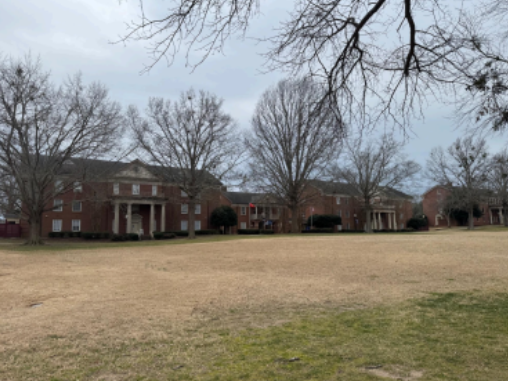
Living spaces without elevators: Stanton Hall, Grotness, Barron, Belk, and Clinton. Though
there are “handicap accessible” rooms, it makes it difficult for those who cannot use the stairs to
get to other people’s living spaces. Also, if anyone gets injured who does not live in a handicap-accessible room and is on any floor but the first, it causes issues for them to get to their living space.
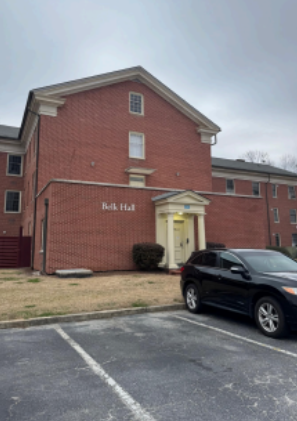
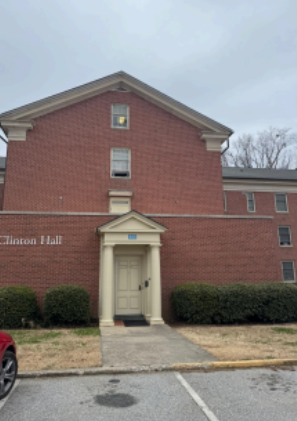
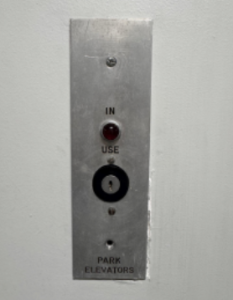
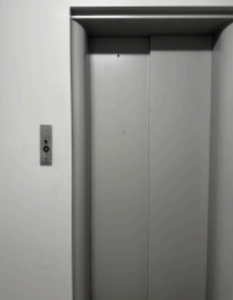
There are 3 floors in Richarson, with one elevator that needs a key. This makes it challenging
for students who need the elevator to use the key (because I believe only faculty has it).
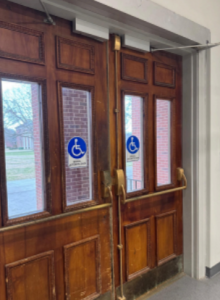
Richardson has a handicap-accessible door by the only ramp entrance and it does not work.
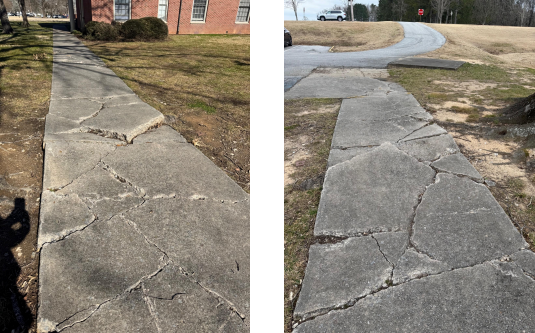
crutches, and even walking on foot.
